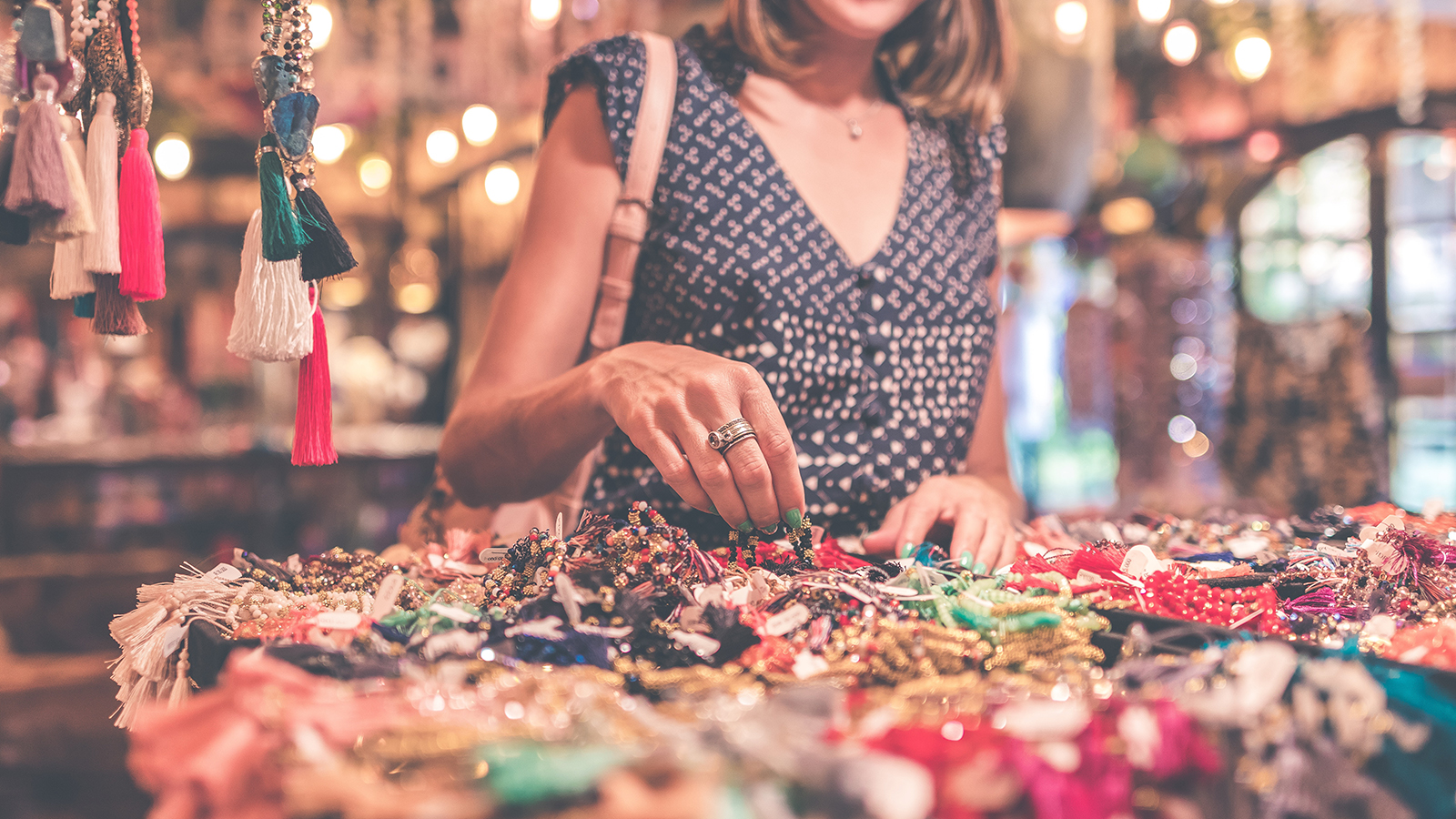
Are there talented tribal artisans in your community? Are you carrying their pieces in your retail outlets?
Whether you’re a commercial or a tribal property, there’s a good chance that you have talented artisans in your community. And more than likely, these folks, perhaps elders, have come knocking at your door asking you to sell their work. AND many of these artisans don’t know how to maximize sales, create an invoice, or have a clear understanding of how consignment works.
How would you go about implementing a program like this? You may already have a full time job within your casino and this responsibility has been dropped in your lap as you’re in “marketing.” If you have a gut instinct that this is not as simple as it seems, you’d be right. Who ultimately approves the program and what outcomes would be considered a success? Who will be in charge of the program and how will it be implemented? The answers to these questions vary widely and the answer is “it depends.”
Here is a list of things to consider when incorporating Tribal Artists into your retail outlet:
1. Clearly define “why” you want to sell handmade art in your store.
Do you want to offer your casino customers unique products that cannot be purchased elsewhere? Do you want to offer a venue that provides your Tribal Members an opportunity to supplement their incomes? Additionally, are you willing to subsidize the program in an effort to create a tribal member benefit? If so, are you willing to shift profit from your store to the tribal member? Once clear expectations and successful outcomes have been established, you can move forward with the “who and how.”
2. Determine “who” will be responsible for the program.
Consider that this program will require time and dedication to implement successfully, so simply assigning the responsibility to someone – whether in marketing, the store manager, or hotel manager – will almost certainly lead to weak results or downright failure. Not because your team leaders are not smart and talented, but because this is unlike traditional retail.
3. How will you manage the procurement, sales, inventory, merchandising and display, payment to the artist, and disposition of art that does not sell?
Perhaps your stated outcome is to provide Tribal Members the opportunity to supplement their income. If so, I highly suggest that you provide retail training with ongoing coaching for the artists so they have a better chance for success. Let them know in advance what to expect, who to communicate with, and the best venue for that communication. Put in place a process for feedback from the artists as they may have ideas on how to make this process better for everyone.
4. The ugly pot-holder syndrome.
I use this analogy as I actually tried to knit a pot holder once. Yes it was handcrafted and made by me, a Tribal Member who thought she’d like to knit. But in reality, it was a pot holder only a mother could love. All lopsided and probably wouldn’t protect your hand from a warm cup of coffee. I mention this because you may have Tribal Members that are similarly challenged. You need to have a specific process in place to respectfully deny inferior art, as well as a process for providing the artist with feedback on what they can do to improve their craft so that it will meet your high standards. Needless to say, this policy should be firmly in place prior to receiving your first ugly pot-holder.
5. Share the vision and get buy-in.
Be sure to communicate the goal and the vision to all who may be involved or who are interested in your new Artist program. Describe what success looks like and articulate responsibilities and expectations for everyone at each level of the company.
6. WIIFY – What’s in it for you?
If you are Tribal Council, it is a way to provide Tribal Members another opportunity to be self-sustaining. You will be creating jobs. If you are a General Manager, this gives you a competitive advantage as you have something to offer that other casino retail outlets do not have. It’s exclusive to you. If you are an Artist, this program offers you a platform and a process to sell your goods.







